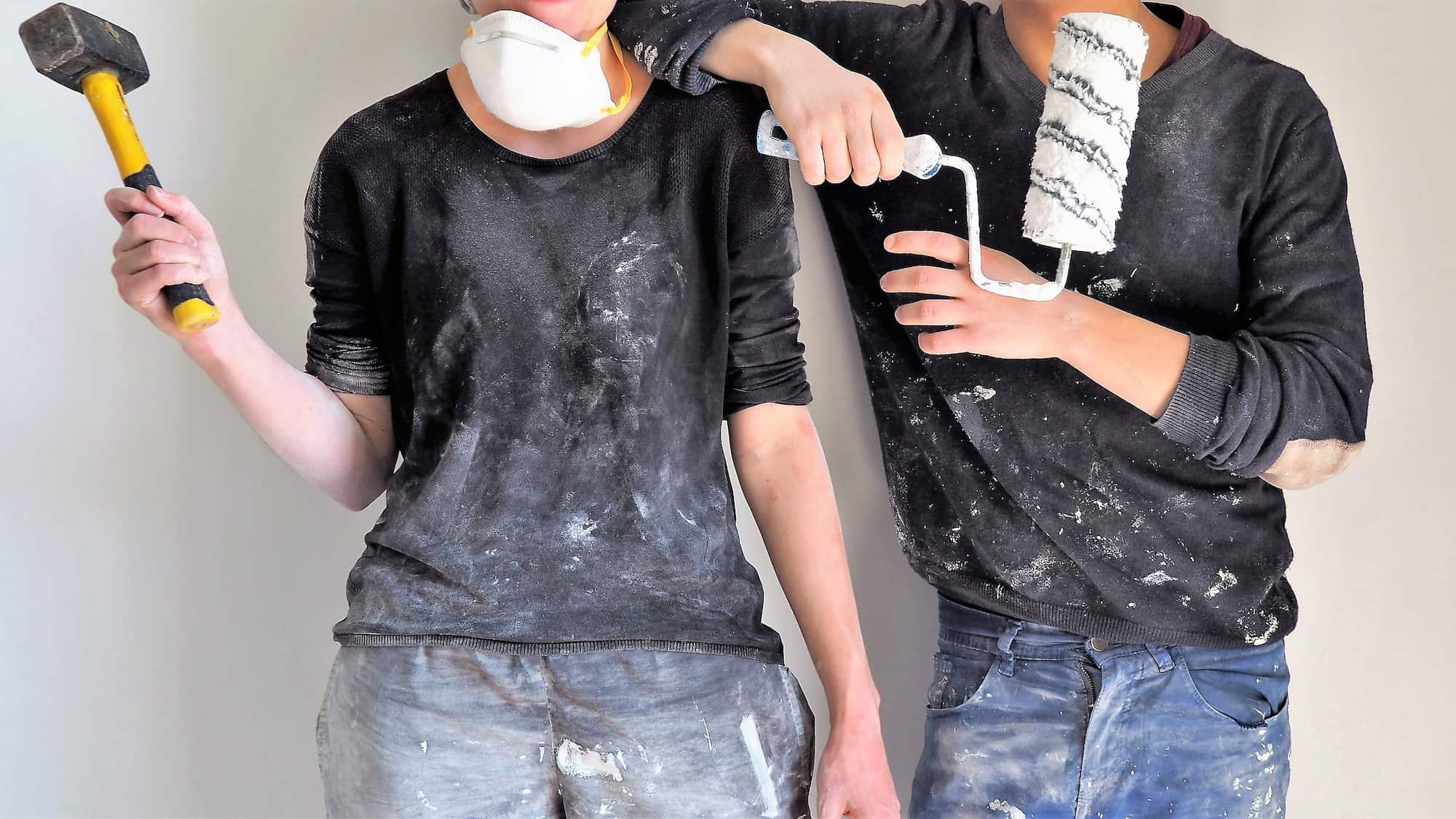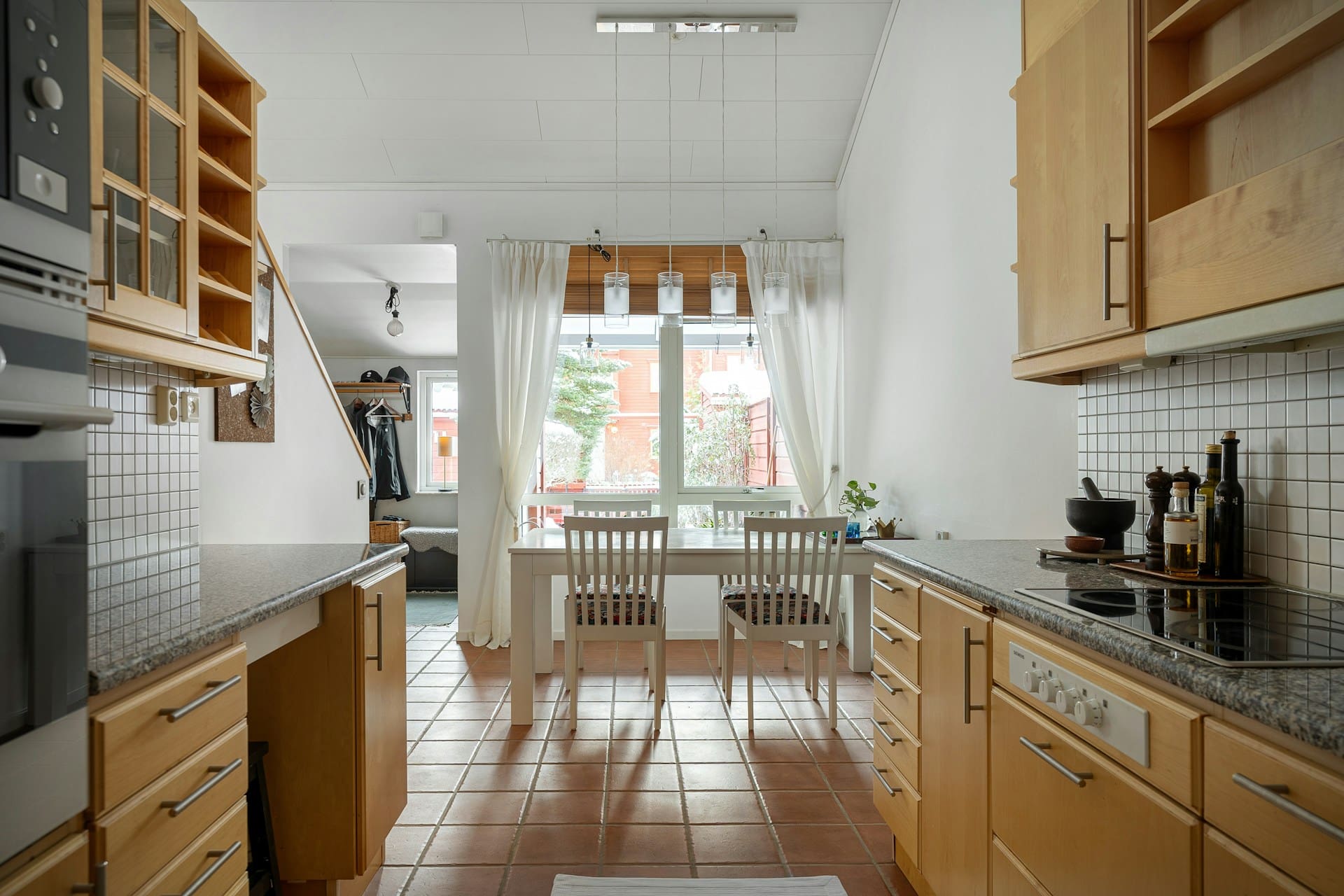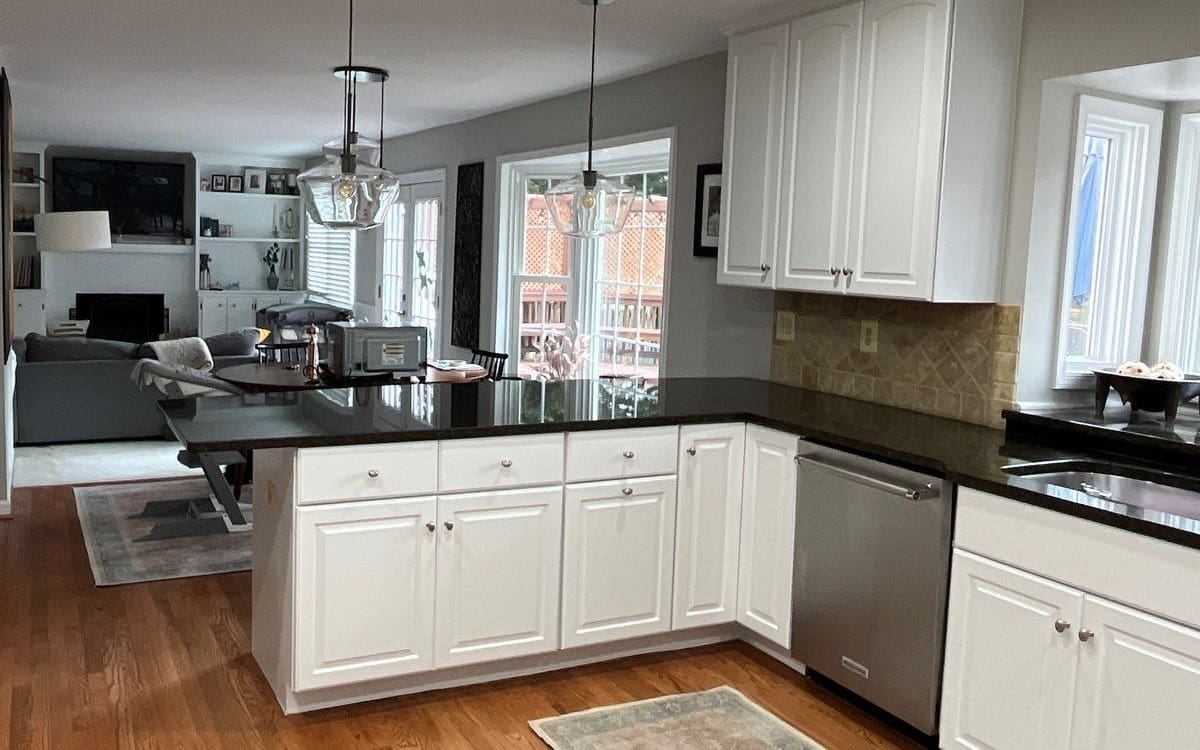
How We Paint Your Home Interior
Thanks to art class, most of us associate painting with paint brushes. Indeed, many different sizes and types of brushes are used for both art projects and home painting projects. But brushes aren’t the only tool for applying paint to a surface. In fact, when it comes to interior painting, rollers are used just as much as, if not more than, brushes.
Both brushes and rollers serve the same primary function: to soak up paint from the bucket and apply it to your walls and ceilings. However, certain scenarios may call for one method over another. Let’s go over the differences between brushing and rolling paint, and how All American Painting Plus uses both resources to paint your home interior.
When Brushing is Best
Brushes come in many shapes and sizes, but they’re all generally smaller than rollers and feature tiny bristles. It follows, then, that interior house painters often use brushes to handle smaller surfaces and precise tasks. For instance, cutting in, touching up, detailing, and texturing are all best done using a paint brush. Control is key for all of these duties, and holding onto a brush yields much more control than handling a pole attachment with a large roller at the end of it.
Painting with a brush is usually one of the first things we do when painting an interior after the prep work is done. To prepare, we lay down drop cloths and tape or cover areas that won’t be painted. When it’s time to paint, we’ll use a medium-sized brush to cut in the edges of larger surfaces like ceilings and walls. This will allow us to more easily cover these areas with a paint roller without accidentally painting the floor or other spots.
When to Use a Roller
When you have a large area to cover, it’s time to break out the roller. Paint rollers are wide, cylindrical, sponge-like materials that absorb more paint than brushes. This is good, because bigger areas require more paint, of course. Precision isn’t a big issue here. Instead, the main goal is full coverage. This doesn’t mean technique should be thrown out the window, however. When applying paint with a roller, the motion should be consistent, typically from bottom to top, then top to bottom as you move across the wall. Some professional painters employ a “V” formation for maximum efficiency. When painting with a roller, you shouldn’t apply too much pressure, or you may end up with uneven coverage, discoloration, and/or streaking.
The prep work involved when using a roller is the same as it is for using a brush. Most residential painting companies will paint with rollers after previously painting with brushes to cut in the edges. For certain areas like trim and crown molding, precise brushing may also be done after the larger areas have been covered with a roller.
Why Not Both?
It’s not a competition. In fact, brushes and rollers have a symbiotic relationship. They work best when used in concert (just not at the exact same time, of course). Experienced painting services know this well, and understand when and how to use each method for the best results. All American Painting Plus uses a variety of brush and roller types for every occasion. With our expertise and tools, we can transform any interior space. To learn more about all that we do, give us a call at (703)-620-5563!




